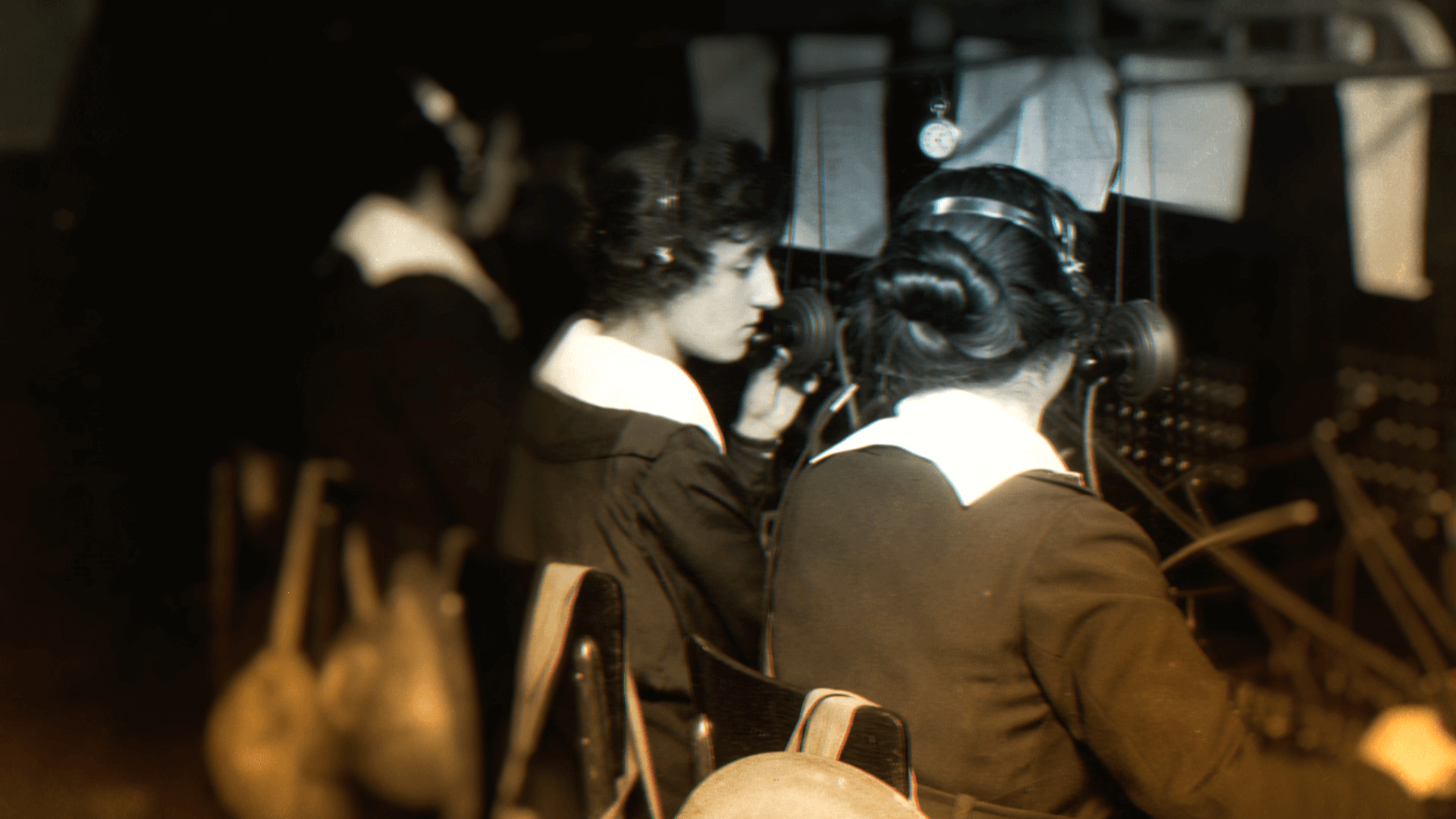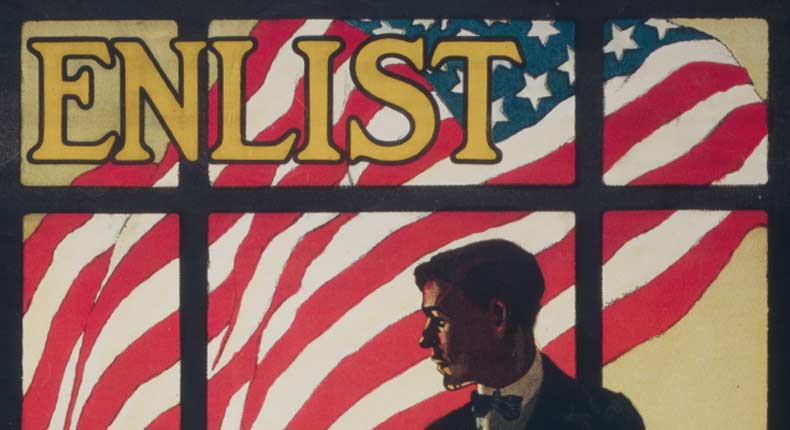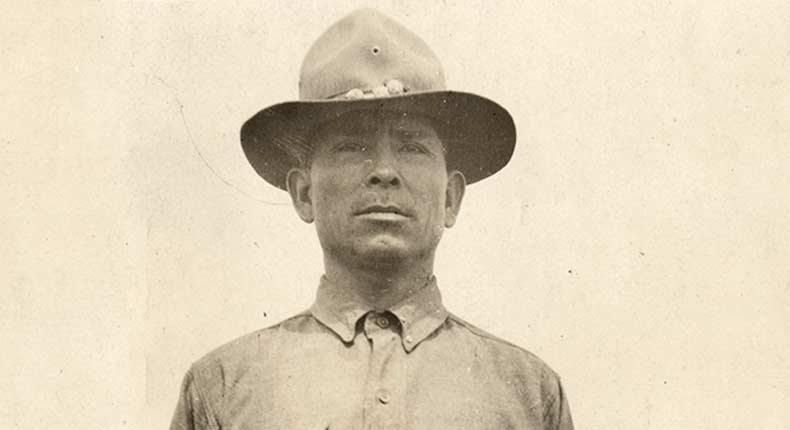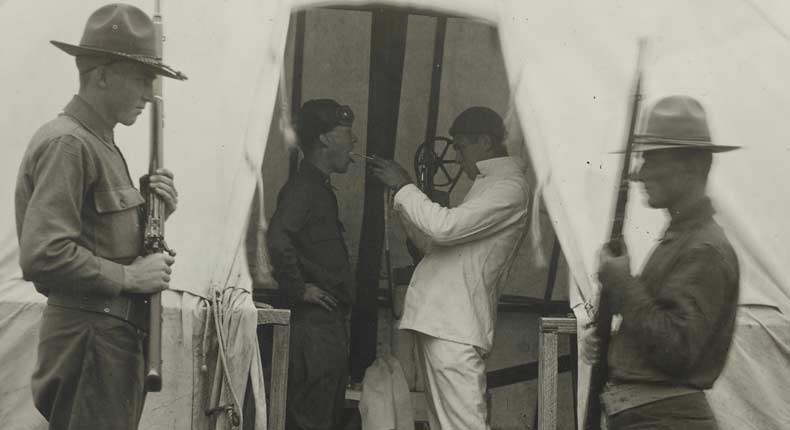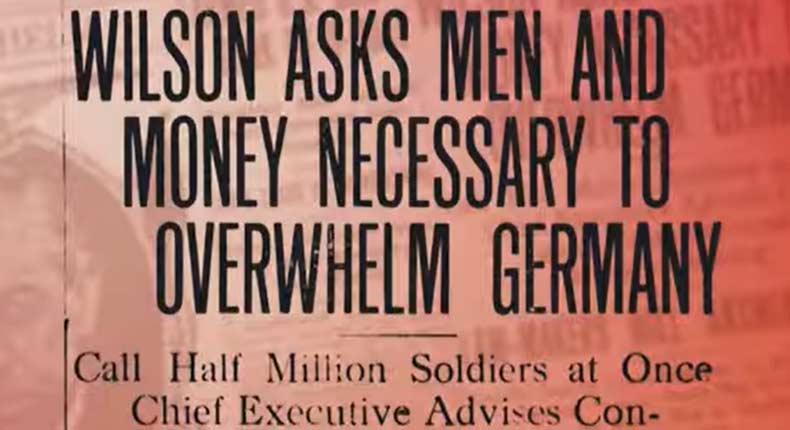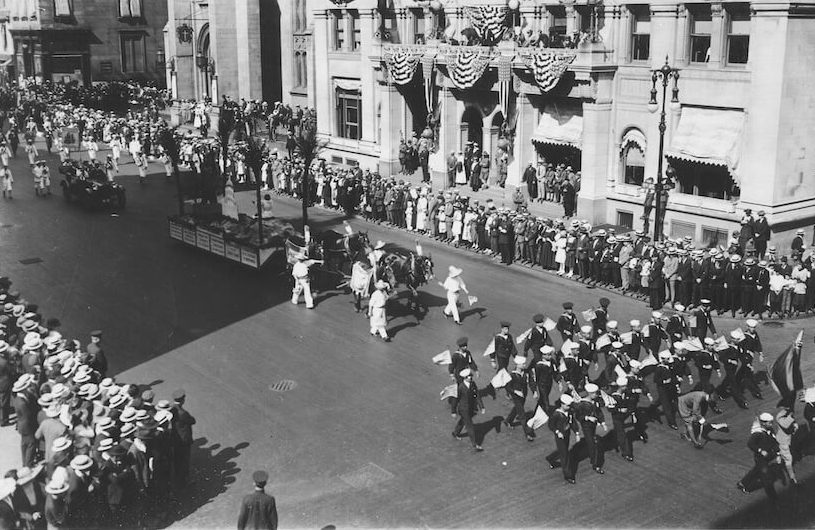Women in World War I
April 15, 2020
Women engaged in World War I in a variety of capacities. They served in support roles for the American and British militaries, worked as nurses and doctors, volunteered for the International Red Cross, drove ambulances, worked in factories, and grew much-needed crops. At the end of World War I, suffrage was expanded to women in both the United States and Great Britain. This activity is designed to help students explore the parallels and divergences in the suffrage movements as well as the way in which service in World War I helped drive home the importance of suffrage as a component…
Read More
Selling The War
April 15, 2020
Shortly after entering World War I in 1917, President Woodrow Wilson established the Committee on Public Information (CPI or “Creel Committee”) to help Americans understand the country’s reasons for fighting in the war. The CPI also revealed the role that citizens could play in supporting the Allied cause. This new pro-war campaign was a hard shift from the United States’ former policy of “isolationism,” and lack of direct participation in the war. Under the direction of George Creel, the CPI began publishing propaganda in the form of posters, speeches, films, advertisements, and other varieties of mass media that were designed…
Read More
Native Americans in WWI
April 15, 2020
When World War I commenced, Americans of every color and creed answered the call. Among these, Native Americans served in great proportion, with an estimated 12,000 serving in the United States Army. Many Native American soldiers joined the 36th Division, where they were tasked with sending encrypted messages between Allied Forces, which the Central Powers were never able to decode. Despite the fact that many aided the U.S. war effort, not all of them were recognized as citizens and it took until 1924 to for all Native Americans to receive citizenship rights in the United States.
Read More
The Influenza Epidemic of 1918 and Its Effect on Modern Medicine
April 14, 2020
Influenza killed more people than those killed as a direct result of World War I, but the influenza epidemic of 1918 (referred to in the 1918 and 1919 as the “Spanish Flu”) is largely overlooked in many history courses. Spread in part by thousands of soldiers who traveled abroad while fighting in the war, the disease infected people indiscriminately, spread rapidly, and had a shockingly high mortality rate. It is estimated that between 20 million to 50 million people died worldwide as a result of contracting this strain of influenza.
Read More
Immigrants and Immigration
April 14, 2020
Read More
U.S. Enters World War I
April 14, 2020
Prior to the United States’ official entry into World War I in 1917, Americans debated their nation’s role in the conflict. During the period of neutrality,, both a preparedness movement and a peace movement emerged. Led by former President Theodore Roosevelt, the preparedness movement encouraged the United States to strengthen their military power following the outbreak of the Great War in 1914. Anti-war activists, like Jane Addams, Helen Keller, and William Jennings Bryan, protested the United States’ involvement and advocated for peace. In this activity, students consider the different perspectives Americans might have had on entering the Great War.
Read More
America’s Failed Response to the Armenian Genocide
April 13, 2020
On April 24, 1915, the Ottoman Empire began an aggressive genocide campaign against its Armenian citizens. The Ottoman Empire’s instability, coupled with World War I military losses, brought long-standing tensions between the Turks and Armenians to a head. An estimated 1.5 million Armenians died as a result of the events between 1915 and 1923. Much of Turkey’s actions went unacknowledged, taking a backseat to the war.
Read More
Rights and Responsibilities and Responsibilities in Wartime
April 13, 2020
Although the United States is a nation with defined rights protected by a constitution, sometimes those rights are challenged by the circumstances at hand. This is especially true during wartime and times of crisis. As Americans remained divided in their support for World War I, President Woodrow Wilson’s administration and U.S. Congress pushed prowar propaganda and enacted laws meant to deter anti-war protesting. When war protests did arise, those who challenged U.S. involvement in the war faced heavy consequences, including jail time for their actions. Many questioned the pro-war campaign and its possible infringement on Americans’ First Amendment freedoms, including…
Read More
African Americans in World War I
April 13, 2020
Almost 400,000 African Americans served in the U.S. military during World War I. Millions more registered for the draft. 200,000 African Americans served overseas with the American Expeditionary Forces. President Woodrow Wilson deemed it a war to make the world “safe for democracy,” but what did he mean by democracy and who had access to that vision?
Read More
